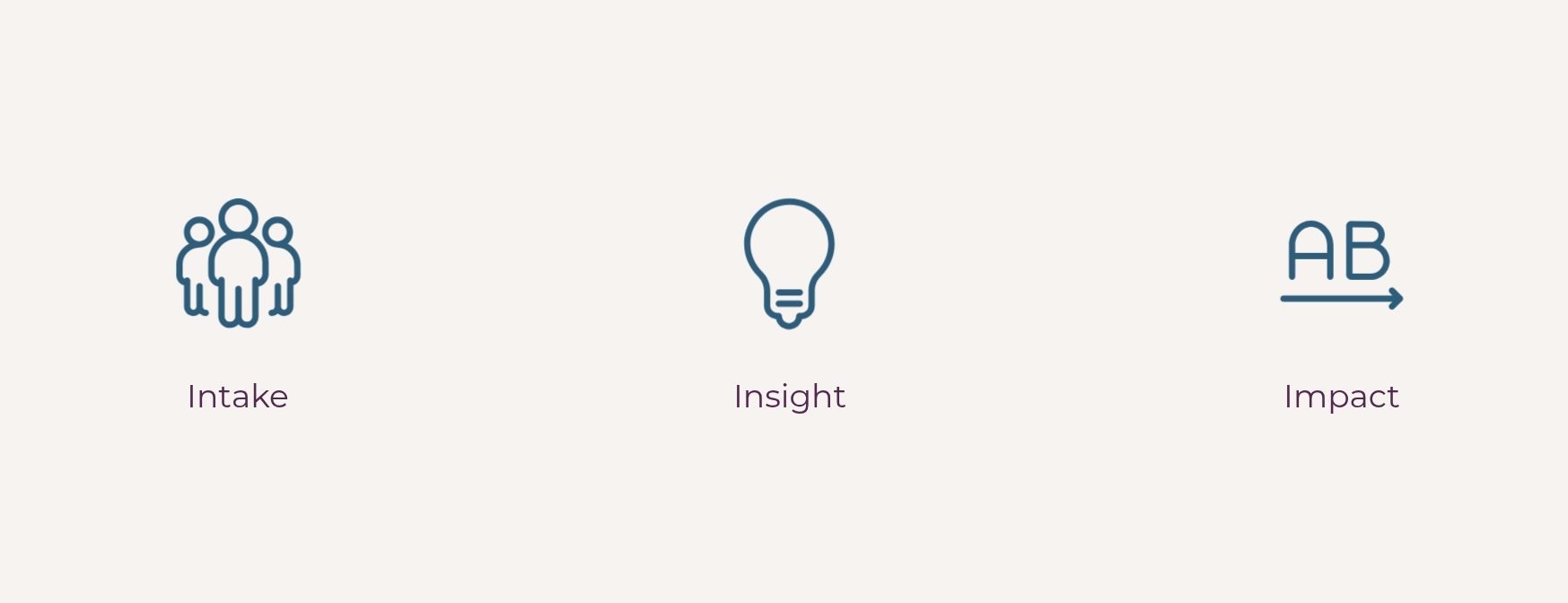 One of the trickiest questions in HR and L&D is how to measure training impact.
One of the trickiest questions in HR and L&D is how to measure training impact.
It’s the question you face when you’re trying to get sign-off in the first place, when you need to show the business that training will make a difference. And it’s the question that comes back after delivery, how can we see that it worked?
The truth is, a strict ROI of leadership training in the finance sense is near impossible unless you’re willing to invest in a full-scale analysis project. But that doesn’t mean you can’t measure impact. What matters is finding the right mix of measures that show clear links between learning and the outcomes the business cares about.
What the Research Tells Us
Industry studies give a useful starting point if you need to make the case before you’ve got your own data:
- Leadership development typically delivers an average return of around $7 for every $1 spent.
- Organisations see tangible benefits like lower turnover, higher promotion from within, and better employee engagement.
- Participants’ direct reports often perform better too, showing a ripple effect beyond the individual leader.
- Intangible but powerful improvements include communication, productivity, and team efficiency, which in turn boost performance.
So even if you don’t yet have your own figures, you can point to widely recognised evidence that leadership development impact is real.
A Simple Model
At Willow & Puddifoot, we use a straightforward model that helps make measuring training impact feel manageable:

- INTAKE – Have you got the right people on the programme? Attendance might not feel like impact, but if people don’t attend, or if the people attending aren’t in the roles the training is designed for, you won’t see the impact you’re aiming for.
- INSIGHT – What did participants learn, and what do they say they’ll do differently? This is where you capture both the quality of the learning experience and people’s confidence to apply it.
- IMPACT – What’s actually different afterwards? Are managers leading differently? Are teams working more effectively? This is where you move from intentions to actual behaviour change.
What Else Can You Measure to Show Leadership Development Impact?
Beyond the training itself, there are plenty of business measures you can look at. Some are quick wins, others take more effort. The key is choosing what’s realistic and meaningful for your organisation.
Data you may already be collecting:
- Engagement survey results
- Retention and attrition rates
- Promotion rates or internal mobility
- Absence levels and wellbeing measures
- Performance review outcomes
Training-specific data we can give you:
- Attendance and completion rates
- Learning feedback and confidence to apply skills
- Behaviour change surveys (how people are applying their learning back at work)
Data that takes more work but adds extra value:
- Comparing trained groups with untrained groups (control group analysis)
- Partnering with finance to put a cost saving on retention (e.g. cost of replacing an employee vs keeping them)
- Linking promotion from within to reduced external hiring costs
- Looking at productivity metrics, sales figures, or project delivery improvements after training
- Multi-rater feedback a few months down the line to check behavioural change is visible to others
- Plus, there are lots of intangible benefits too. Leadership development often improves communication, collaboration, and morale, all of which ripple out into stronger performance, better retention, and a healthier workplace culture.
Practical Tips
- Don’t aim for perfect ROI. Aim for credible evidence that matters to your stakeholders.
- Start with the measures you already have access to before creating new ones.
- Mix numbers with stories. Real-life examples of behaviour change make the impact more memorable and the data more compelling.
- Be selective. Two or three strong measures are more persuasive than trying to track everything.
Making It Work for You
Measuring training impact is about showing that what people learned connects directly to what the business needs, in ways that are credible, practical, and easy to understand. You don’t need to chase an impossible ROI formula. The real value comes from picking measures that are realistic and meaningful for your business.
If you’d like help setting up realistic ways to measure training impact in your organisation, we’d be happy to talk you through it.
 About the Author
About the Author
Louise Puddifoot is the founder of Willow & Puddifoot, where she and her team CRAFT™ confident, capable leaders at every stage. With over 20 years’ experience in leadership and learning, Louise designs practical development that builds confidence, capability, and impact. Her work is built on the CRAFT™ Leadership Framework, focusing on communication, resilience, authenticity, future focus, and transformation, to create real behaviour change that lasts.